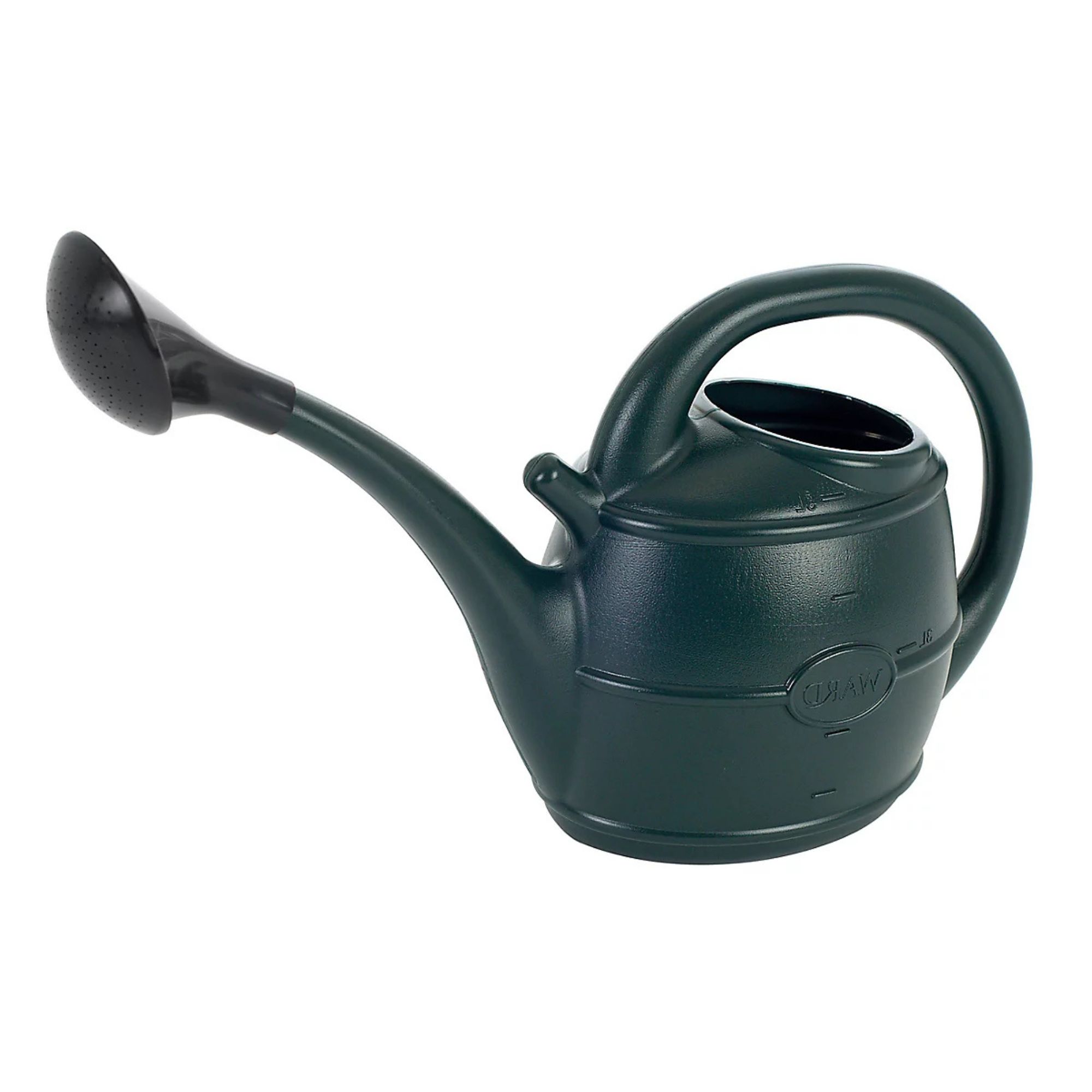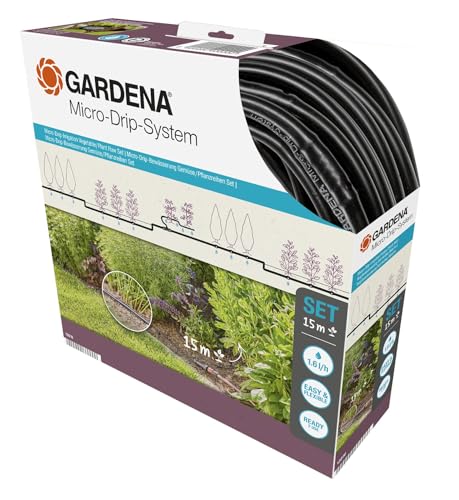This watering pan test could help you figure out how much water your lawn needs – here's how it works
Think of it as a free watering indicator...


I’m all for a clever watering hack, but this one is slightly different: the watering pan test.
In a nutshell, it’s a way of figuring out how often to water your garden in hot weather – you fill up a pan with water, put it on your lawn, and leave it for a week. The amount of water lost through evaporation can tell you a lot about the amount of water being lost from the soil, and from there, you can work out how much water your lawn needs.
I was a little sceptical when I first read about the watering pan test, as it seemed like a long time to wait for results. But actually, it's a clever way of monitoring your lawn's water levels. I thought I’d check in with a few garden experts to evaluate just how effective the test is.
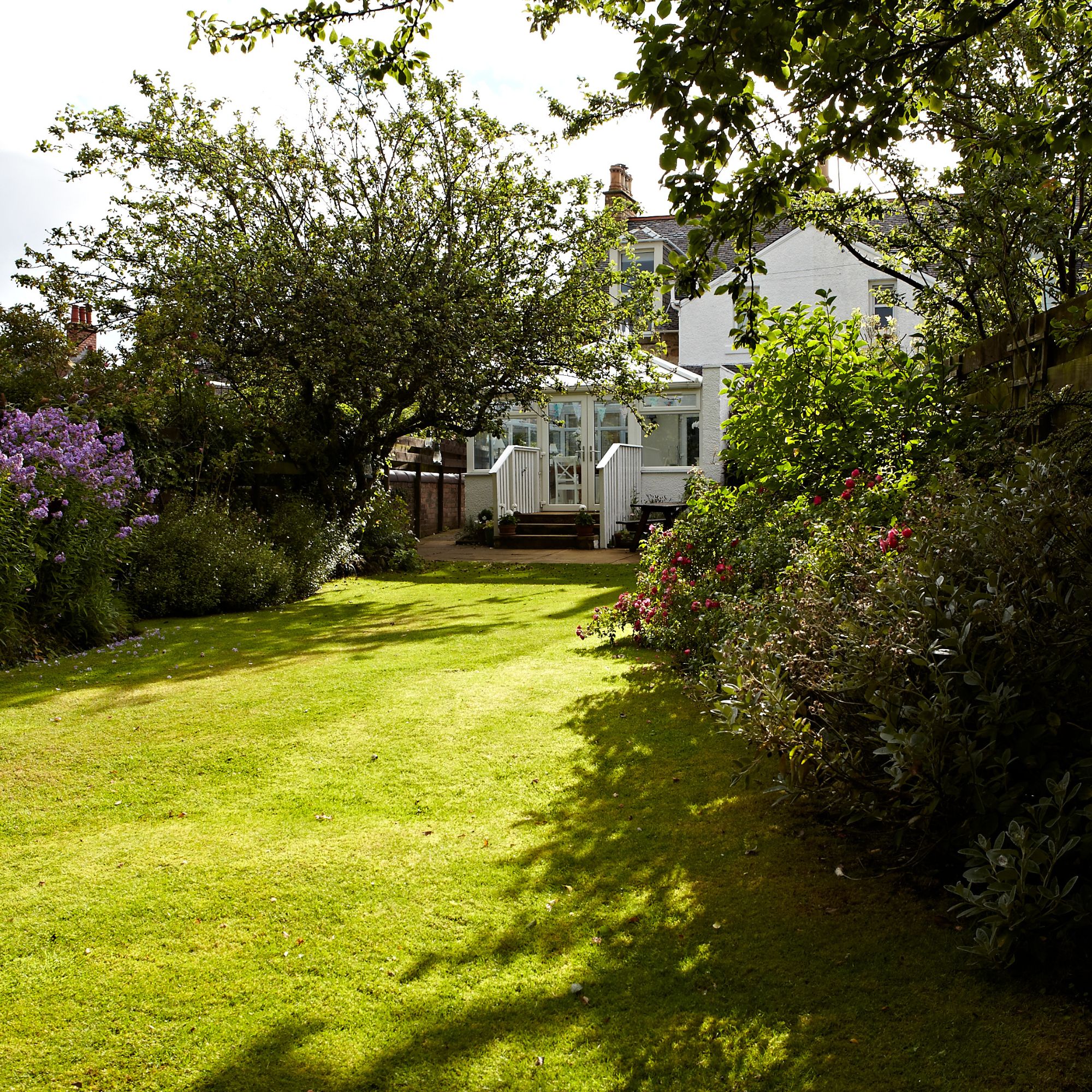
How does the watering pan test work?
So, how does the watering pan test work? All you need is a straight-sided pan (this Amazon Basics pan will do the trick) and some water.
‘The watering pan test is a way of determining how much water may evaporate from your garden soil in hot, dry weather,’ explains Graham Smith, MCIHort, gardening expert at LBS Horticulture.
If you really want to take the guesswork out of watering, a smart watering system can be a real game-changer. Many products, like the Gardena Water Control from Amazon, include a soil moisture sensor to ensure that your plants are being watered when they need it most. But if you're on a budget, the watering pan test can give you intel on your lawn's watering needs for free.
The method is easy enough. ‘To conduct the test, fill a straight-sided pan with water, and mark where the top of the water reaches,’ says Graham. ‘Leave the pan in place for a week, and the amount of water that has evaporated out of the pan is supposedly equivalent to the amount of water that will have evaporated from the soil.’
Sign up to our newsletter for style inspiration, real homes, project and garden advice and shopping know-how
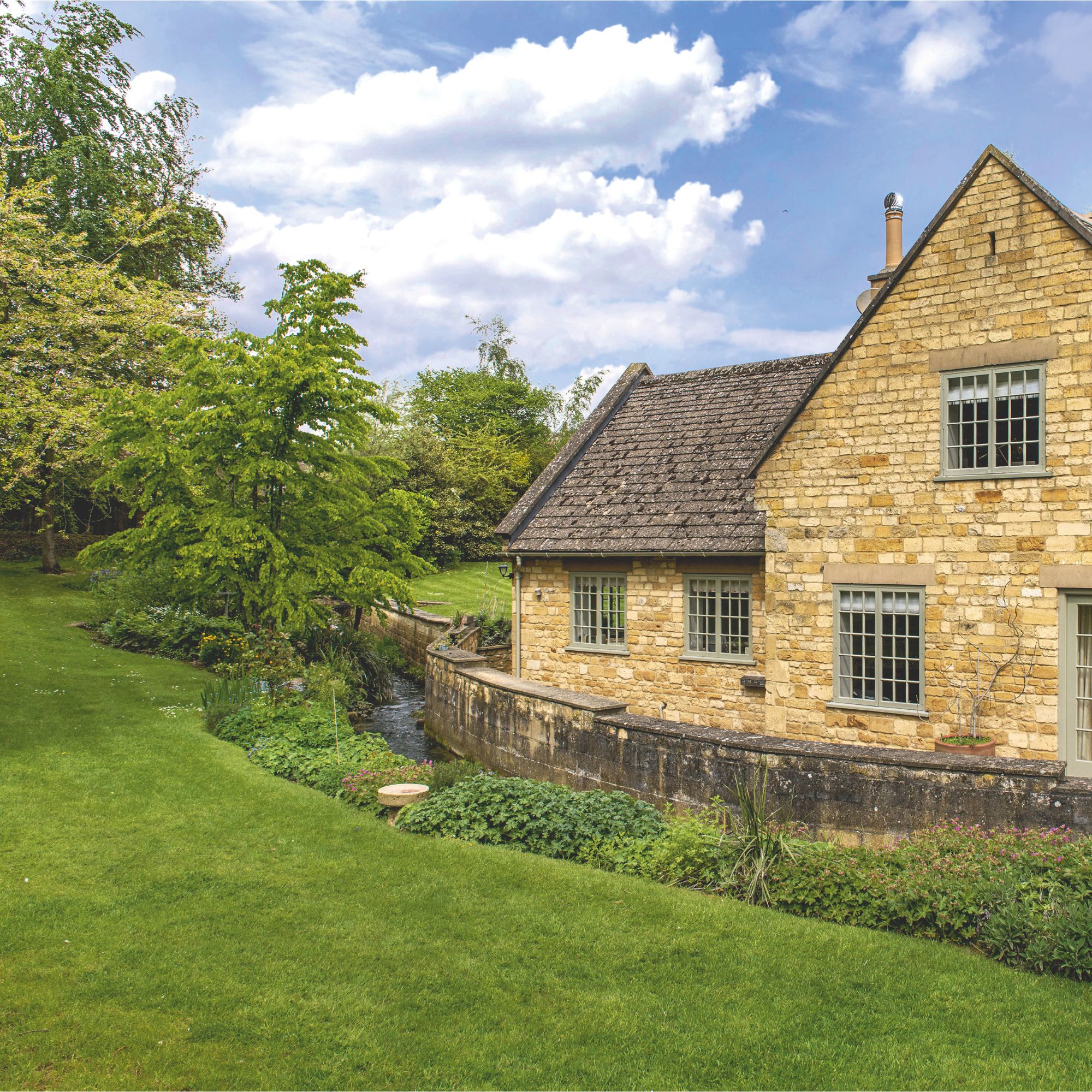
The idea is that you need to provide your garden with that much water, plus any that it might have lost through transpiration.
To make life easier, you could learn how to set up a drip irrigation system like Hozelock's Universal Irrigation Kit from Amazon – or, stick to a traditional watering can.
Does the watering pan test work?
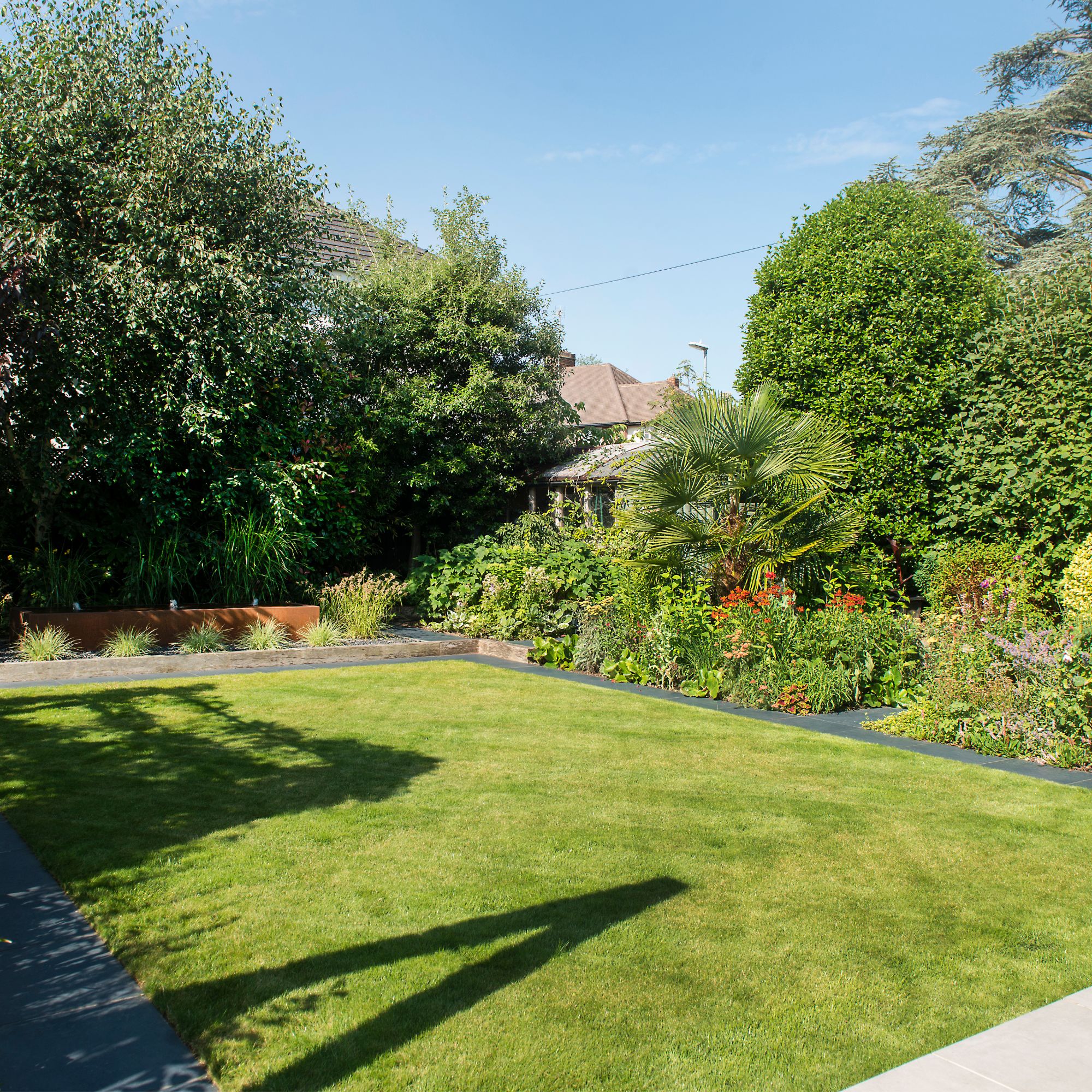
The watering pan test is a straightforward one, and the science makes sense: it's all about monitoring evaporation levels in the garden. But how accurate is it?
'While it's a helpful guide, it’s not plant-specific,' says Liam Cleary, outdoor plants expert at Old Railway Line Garden Centre. 'Different plants have different watering needs, so this test won't tell you exactly how much water each one requires.'
So, it might give an insight into our lawn's moisture levels, but it's not a one-size-fits-all test. It can help us water more mindfully, though – and alongside other water-saving measures like installing a water butt, you'll be well on your way to eco-friendly gardening.
'It can help prevent overwatering and keep your watering habits more in tune with the differing weather conditions,' Liam says.
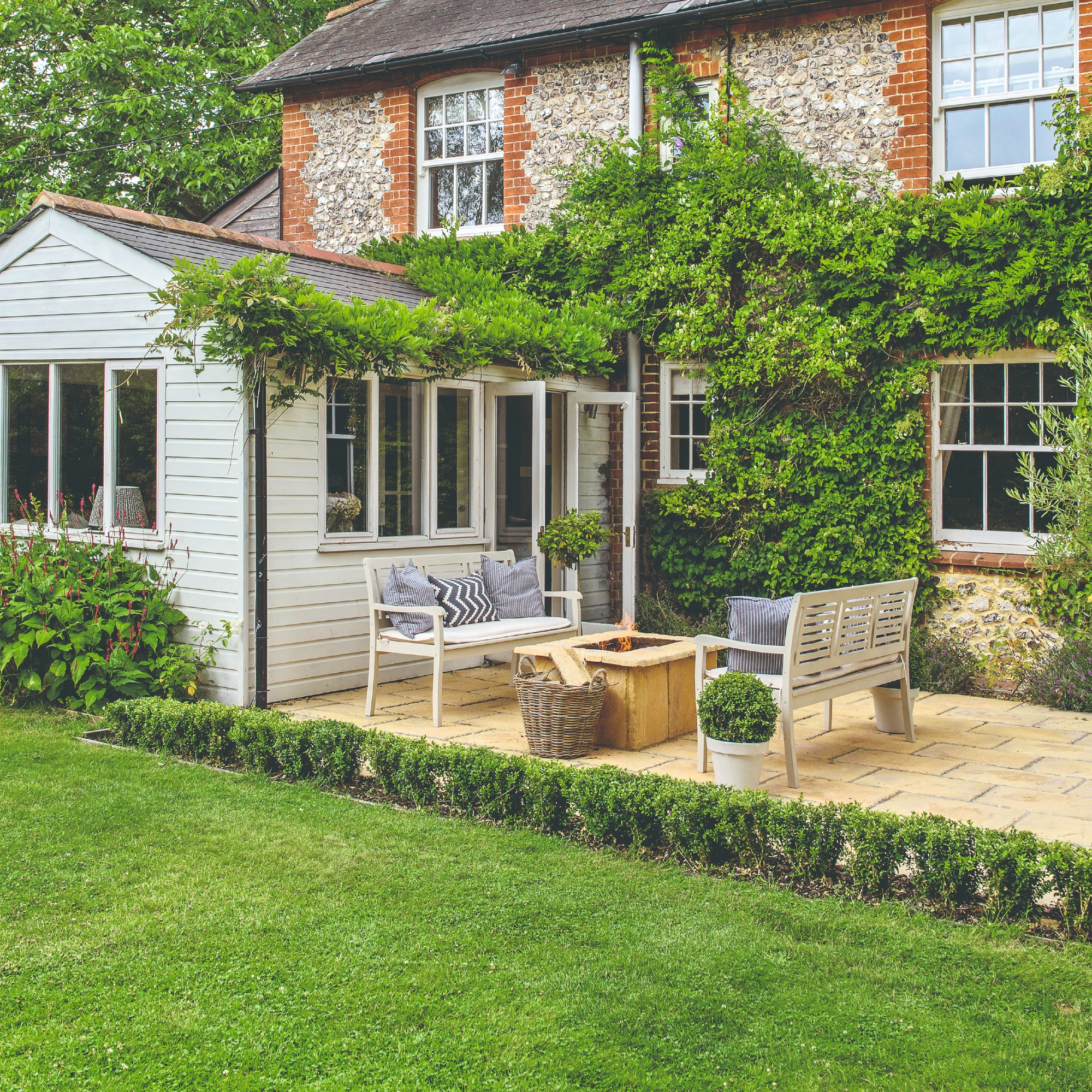
So, the watering pan test can be a useful watering indicator – but it's more about becoming mindful about how much water your garden really needs.

Sophie joined the Ideal Home team as Gardens Editor in June 2024. After studying English at Royal Holloway, University of London, she began writing for Grow Your Own, which spurred on her love of gardening. She's tried growing almost every vegetable under the sun, and has a soft spot for roses and dinnerplate dahlias.
As Gardens Editor, Sophie's always on the lookout for the latest garden trend. She loves sharing growing hacks for every space, from herbaceous borders to balconies.
You must confirm your public display name before commenting
Please logout and then login again, you will then be prompted to enter your display name.
![Hozelock - Universal Irrigation Kit : Ideal for Watering Borders, Flowerbeds and Vegetable Gardens, Easydrip Universal Drippers/sprinklers, Supplied With 15m of Ø 13mm Hose [7023 0000]](https://cdn.mos.cms.futurecdn.net/T6XBKHhvLYmG3kiAc8SCW7.jpg)
